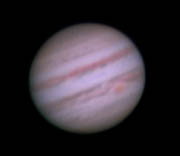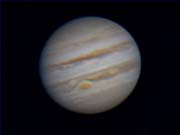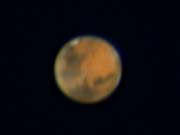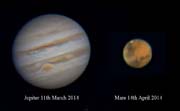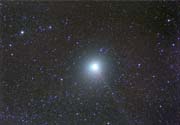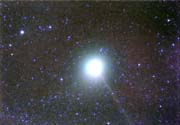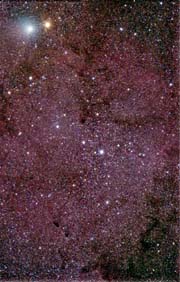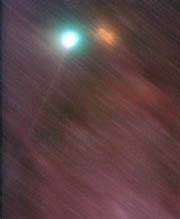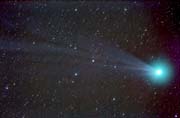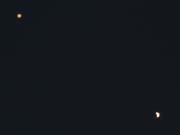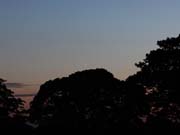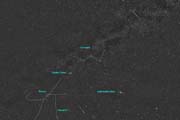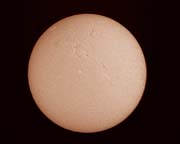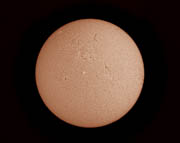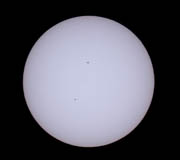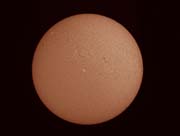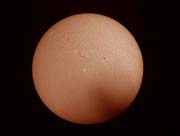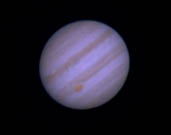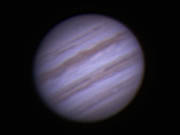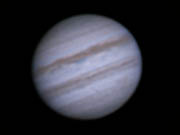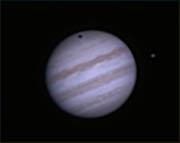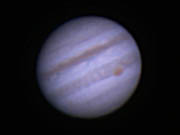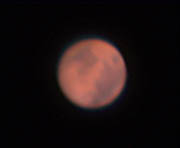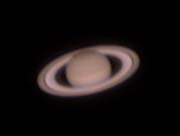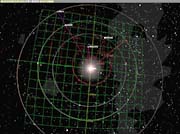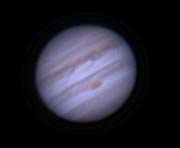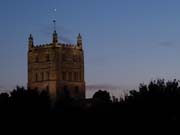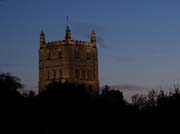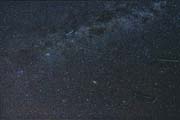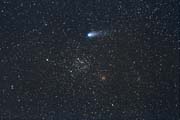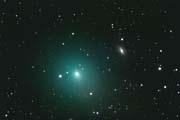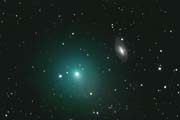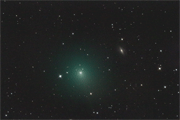|
Asteroid 357439 2004 BL86 made a relatively close pass to
the Earth on the night of 26-27 January 2015, approximately
0.008 AU (1.22 million Km, 760,000 miles) at its closest.
The asteroid was estimated at greater than 1 Km diameter,
large enough to have serious consequenses if it impacted
with the Earth! I hoped to image it, but although the early
evening was clear, I was away from home, and by the time I
was ready to image, the clouds were very much in
evidence.
Eventually around 0100 UT I had a brief window of around
20 minutes through a hazy sky, and managed 16 x 1 minute
shots before the clouds returned for good as can be seen in
the animation. I was using my Canon 700D camera at ISO 1600
with a 100 mm lens. A large field of view, in the hope of
capturing around four hours worth of images, eventually
passing Messier 44, alas the skies were not friendly! So
these images are cropped from half size versions of the
original photographs. Even at the short focal length, the
asteroid was moving so fast that the 1 minute exposures
produced a streak. (Image scale here is approximately 18
arc-secs per pixel).
North is up, the bright star next to the streak is SAO
116818 (TYC 796-1621-1), Epoch 2000 RA 08h 29m 36s, DEC
+8° 25' 02"
As usual click on the images for larger versions. The
larger animation GIF is 1.5 MB.
|
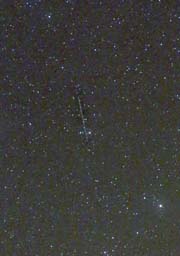
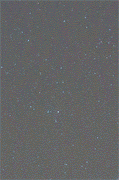
|
